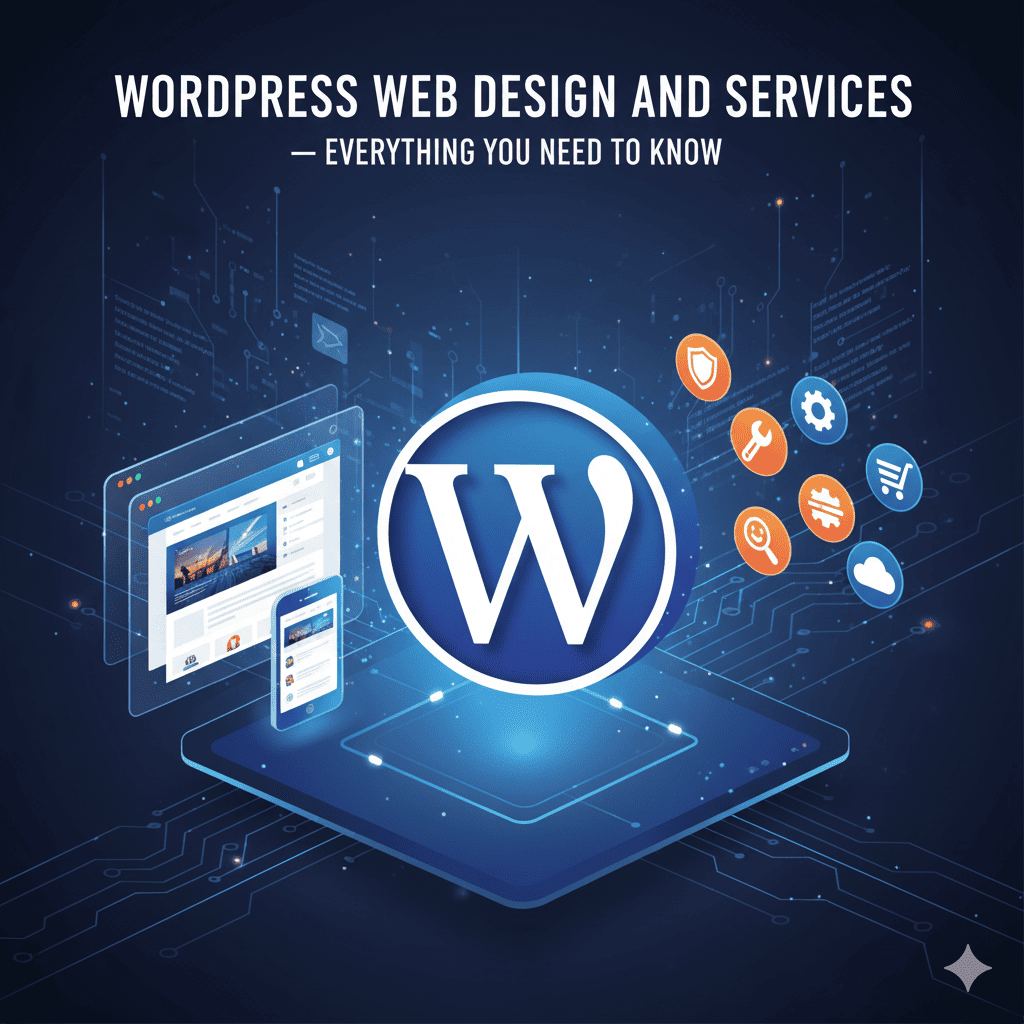
What Is Bounce Rate?
Bounce rate is a key web analytics metric that shows the percentage of visitors who land on a page and leave without taking any action like clicking a link, signing up, or visiting another page.
In simple words, if 100 people visit your homepage and 60 leave without interacting further, your bounce rate is 60%.
Bounce Rate Definition (in Marketing Terms)
In digital marketing, bounce rate measures visitor engagement.
It reflects whether users find your page relevant, engaging, and trustworthy. A high bounce rate often signals that your page didn’t meet user intent.
Why Bounce Rate Is Important in Marketing
Your bounce rate marketing performance tells a powerful story about user experience and content relevance.
A low bounce rate means visitors are exploring your site, finding value, and moving deeper into your funnel.
A high bounce rate, however, can indicate problems like:
- Poor content quality
- Slow page loading time
- Misleading titles or meta descriptions
- Bad mobile experience
- Weak internal linking
- Irrelevant traffic sources
Essentially, bounce rate acts like a health check for your website.
What Does It Mean When Your Bounce Rate Is High?
If your bounce rate is high, it’s not always bad but it’s worth investigating.
Here’s what it might mean:
- Visitors didn’t find what they expected.
- Your page answered their question immediately (like a dictionary definition or weather result).
- There’s a poor UX (user experience).
- Your site took too long to load.
Acceptable Bounce Rate Benchmarks
- Blogs & news sites: 60%–80% (normal users often read one post and leave)
- Service pages: 30%–50%
- Ecommerce sites: 20%–45%
- Landing pages (ads): 70%+ (common but can be optimized)
Bounce Rate vs. Exit Rate: Know the Difference
Many confuse bounce rate with exit rate.
Here’s the difference:
| Metric | Definition | Example |
|---|---|---|
| Bounce Rate | % of visitors who leave after viewing one page | A user opens your blog post and exits immediately |
| Exit Rate | % of users leaving from a particular page (after visiting others) | A user browses 3 pages, then exits on the 3rd one |
So while both show exits, bounce rate focuses on single-page visits only.
How to Reduce Bounce Rate on a Website
If your bounce rate on website is high, here are effective strategies to fix it:
1. Improve Page Speed
- Compress images
- Use caching tools
- Optimize server response time
Fast-loading pages reduce impatience and increase engagement.
2. Match Search Intent
Ensure your content delivers exactly what the searcher expects.
If someone searches “bounce rate definition,” they should see a definition, not a sales pitch.
3. Strengthen Internal Linking
Encourage visitors to explore related content by adding internal links naturally within articles.
4. Optimize for Mobile
A responsive, fast, and readable layout on phones is essential mobile users form over 60% of all traffic.
5. Improve Readability
Use:
- Short sentences
- Subheadings (H2–H4)
- Bullet lists
- Engaging visuals
The easier your content is to consume, the lower your bounce rate.
6. Add Clear CTAs (Calls to Action)
Guide users with clear next steps:
“Learn More,” “Download Now,” “Shop Collection,” etc.
Bounce Rate in Google Analytics 4 (GA4)
In GA4, Google replaced bounce rate with Engagement Rate.
But you can still calculate bounce rate as 100% – engagement rate.
So, if your page has a 70% engagement rate, your bounce rate is 30%.
This newer system gives a clearer picture of how users interact rather than just whether they left.
Public Perception: Is a High Bounce Rate Always Bad?
Not necessarily!
Sometimes, a visitor gets what they need like a contact number or address and leaves satisfied. That’s still counted as a “bounce.”
However, consistently high bounce rates across multiple pages usually indicate a deeper content or UX issue.
Pro Tips to Maintain a Healthy Bounce Rate
- Use heatmaps (Hotjar, CrazyEgg) to study user behavior
- Add videos or infographics to increase engagement
- Improve headline clarity — make sure it matches your meta title
- Analyze traffic sources — low-quality referral sites often lead to high bounce rates
Conclusion
Your bounce rate isn’t just a number it’s a signal.
Understanding it helps you improve user experience, SEO rankings, and conversion rates.
Keep monitoring your analytics, test changes, and focus on delivering real value to visitors.
That’s how you turn bounced rate traffic into loyal, converting visitors.





